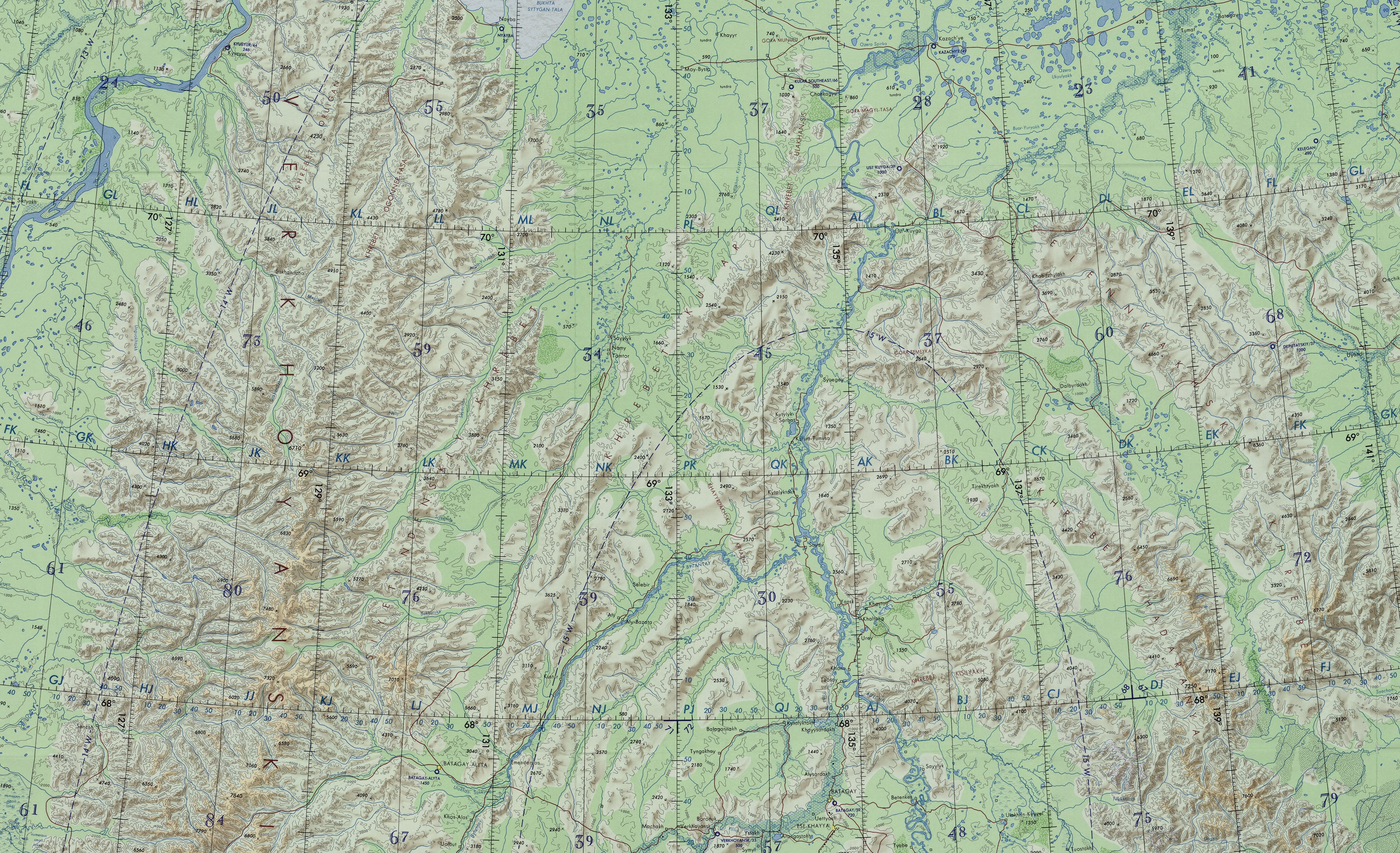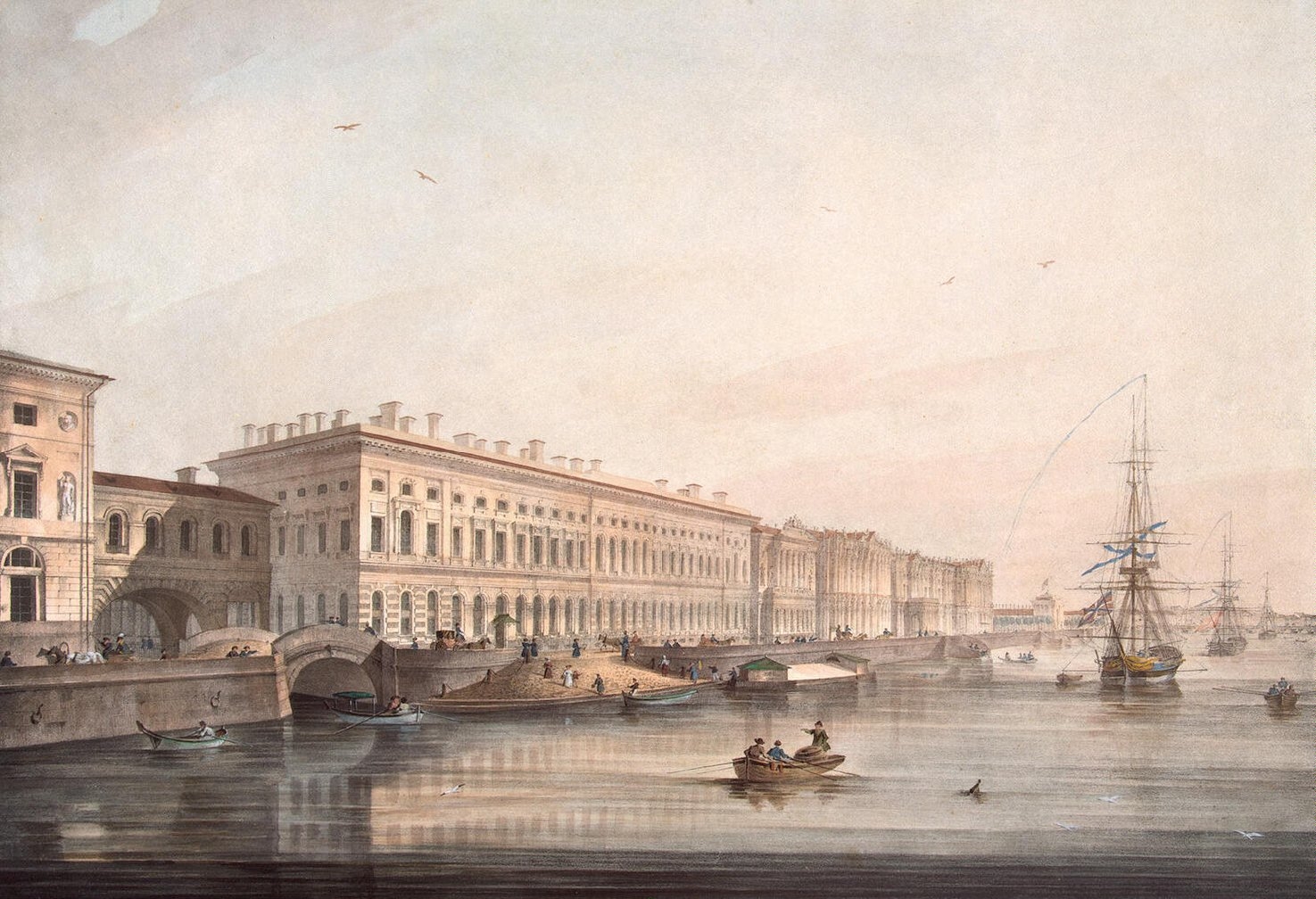|
Bytantay
The Bytantay (russian: Бытантай; sah, Бытантай) is a river in the Republic of Sakha in Russia. It is a left hand tributary of the Yana, and is long, with a drainage basin of . Course The river begins in the eastern flank of the Verkhoyansk Range at an elevation of . It heads roughly northeast with the Kular Range to the northwest and then joins river Yana from the left from its mouth. There are more than two thousand lakes in the basin of the Bytantay. — ''статья из Большой советской энциклопедии''. The main tributaries of the Bytantay are Billah and Tenki on the right; and Khobol, Achchygy-Sakkyryr, Ulakh ... [...More Info...] [...Related Items...] OR: [Wikipedia] [Google] [Baidu] |
Batagay-Alyta
Batagay-Alyta (russian: Батагай-Алыта; sah, Баатаҕай Алыыта, ''Baatağay Alııta'', ), also known as Sakkyryr (russian: Саккырыр; sah, Саккырыыр, ''Saqqırıır'', ) is a rural locality (a '' selo'') and the administrative center of Eveno-Bytantaysky National District in the Sakha Republic, Russia. Its population as of the 2010 Census was 1,832. Geography Batagay-Alyta is located on the eastern flank of the Verkhoyansk Range, and southeast of the southern end of the Sietinden Range and southwest of the Kular Range. The town lies about to the north of the capital Yakutsk and a few kilometers from the left bank of the Ulakhan-Sakkyryr River, a tributary of the Bytantay. History It was founded in 1936 as the administrative center for the then newly created Sakkyryrsky District. It lost this function with the dissolution of the district in 1963, but regained it with the creation of Eveno-Bytantaysky District in 1989. Demograp ... [...More Info...] [...Related Items...] OR: [Wikipedia] [Google] [Baidu] |
Kular Range
The Kular Range (russian: хребет Кулар, ''Khrebet Kular''; sah, Кулар сис, Kular Sis) is a range of mountains in far North-eastern Russia. Administratively the range is part of the Eveno-Bytantaysky National District of the Sakha Republic, Russian Federation.Kular (mountains) / ; in 35 vols. / Ch. ed. Yu. S. Osipov. 2004—2017. This range is one of the places in Yakutia where yedoma are found. [...More Info...] [...Related Items...] OR: [Wikipedia] [Google] [Baidu] |
Verkhoyansk Range
The Verkhoyansk Range (russian: Верхоянский хребет, ''Verkhojanskiy Khrebet''; sah, Үөһээ Дьааҥы сис хайата, ''Üöhee Chaangy sis khaĭata'') is a mountain range in the Sakha Republic, Russia near the settlement of Verkhoyansk, well-known for its frigid climate. It is part of the East Siberian Mountains. The range lies just west of the boundary of the Eurasian and the North American tectonic plates. The mountains were formed by folding, and represent an anticline. The Verkhoyansk Range was covered by glaciers during the Last Glacial Period and the mountains in the northern section, such as the Orulgan Range, display a typical Alpine relief. There are coal, silver, lead, tin and zinc deposits in the mountains. Geography Rising from the shores of the Buor-Khaya Gulf in the north, it runs southwards spanning roughly 1000 km (600 mi.) across Yakutia, east of the Central Yakutian Lowland, and west of the Chersky Range, re ... [...More Info...] [...Related Items...] OR: [Wikipedia] [Google] [Baidu] |
Yana (river)
The Yana ( rus, Я́на, p=ˈjanə; sah, Дьааҥы, ''Caañı'') is a river in Sakha in Russia, located between the Lena to the west and the Indigirka to the east. Course It is long, and its drainage basin covers . Including its longest source river, the Sartang, it is long. Its annual discharge totals approximately . Most of this discharge occurs in May and June as the ice on the river breaks up. The Yana freezes up on the surface in October and stays under the ice until late May or early June. In the Verkhoyansk area, it stays frozen to the bottom for 70 to 110 days, and partly frozen for 220 days of the year. The river begins at the confluence of the rivers Sartang and Dulgalakh in the Yana-Oymyakon Highlands. It flows north across the vast Yana-Indigirka Lowland, part of the greater East Siberian Lowland, shared with the Indigirka to the east. As the river flows into the Yana Bay of the Laptev Sea, it forms a huge river delta covering . [...More Info...] [...Related Items...] OR: [Wikipedia] [Google] [Baidu] |
Yakutia
Sakha, officially the Republic of Sakha (Yakutia),, is the largest republic of Russia, located in the Russian Far East, along the Arctic Ocean, with a population of roughly 1 million. Sakha comprises half of the area of its governing Far Eastern Federal District, and is the world's largest country subdivision, covering over 3,083,523 square kilometers (1,190,555 sq mi). ''Sakha'' following regular sound changes in the course of development of the Yakut language) as the Evenk and Yukaghir exonyms for the Yakuts. It is pronounced as ''Haka'' by the Dolgans, whose language is either a dialect or a close relative of the Yakut language.Victor P. Krivonogov, "The Dolgans’Ethnic Identity and Language Processes." ''Journal of Siberian Federal University'', Humanities & Social Sciences 6 (2013 6) 870–888. Geography * ''Borders'': ** ''internal'': Chukotka Autonomous Okrug (660 km)(E), Magadan Oblast (1520 km)(E/SE), Khabarovsk Krai (2130 km)(SE), Amur Oblas ... [...More Info...] [...Related Items...] OR: [Wikipedia] [Google] [Baidu] |
Sakha Republic
Sakha, officially the Republic of Sakha (Yakutia),, is the Federal subjects of Russia#List, largest republics of Russia, republic of Russia, located in the Russian Far East, along the Arctic Ocean, with a population of roughly 1 million. Sakha comprises half of the area of its governing Far Eastern Federal District, and is the world's List of country subdivisions by area, largest country subdivision, covering over 3,083,523 square kilometers (1,190,555 sq mi). ''Sakha'' following regular sound changes in the course of development of the Yakut language) as the Evenk and Yukaghir exonyms for the Yakuts. It is pronounced as ''Haka'' by the Dolgans, Dolgan language, whose language is either a dialect or a close relative of the Yakut language.Victor P. Krivonogov, "The Dolgans’Ethnic Identity and Language Processes." ''Journal of Siberian Federal University'', Humanities & Social Sciences 6 (2013 6) 870–888. Geography * ''Borders'': ** ''internal'': Chukotka Autonomous Okrug ... [...More Info...] [...Related Items...] OR: [Wikipedia] [Google] [Baidu] |
List Of Rivers Of Russia
Russia can be divided into a European Russia, European and an North Asia, Asian part. The dividing line is generally considered to be the Ural Mountains. The European part is drained into the Arctic Ocean, Baltic Sea, Black Sea, and Caspian Sea. The Asian part is drained into the Arctic Ocean and the Pacific Ocean. Notable rivers of Russia in Europe are Volga (which is the longest river in Europe), Pechora (river), Pechora, Don River, Russia, Don, Kama River, Kama, Oka River, Oka and the Northern Dvina, while several other rivers originate in Russia but flow into other countries, such as the Dnieper and the Western Dvina. In Asia, important rivers are the Ob River, Ob, the Irtysh River, Irtysh, the Yenisei River, Yenisei, the Angara River, Angara, the Lena River, Lena, the Amur River, Amur, the Yana River, Yana, the Indigirka River, Indigirka, and the Kolyma River, Kolyma. In the list below, the rivers are grouped by the seas or oceans into which they flow. Rivers that flow into o ... [...More Info...] [...Related Items...] OR: [Wikipedia] [Google] [Baidu] |
Yana Plateau
The Yana Plateau ( rus, Янское плоскогорье, sah, Дьааҥы хаптал хайалара) is a mountain plateau in the Sakha Republic, Far Eastern Federal District, Russia. Google Earth The plateau lies in an uninhabited area where solitude prevails. It was first surveyed and mapped in 1868 by Gerhard von Maydell (1835–1894), a Russian government officer in East Siberia of Estonian descent. Geography The Yana Plateau is located in the middle basin of the |
Yana-Oymyakon Highlands
The Yana-Oymyakon Highlands ( rus, Яно-Оймяконское нагорье; sah, Дьааҥы хаптал хайалара), also known as Oymyakon Highlands ( rus, Оймяконское нагорье),Soviet General Topographic Maps P-54-V,VI are a mountainous area in the Sakha Republic, Khabarovsk Krai and Magadan Oblast, Far Eastern Federal District, Russia. The area is named after the main features of the highlands. Kigilyakhs are found in some places of the plateaus. These are rock formations that are valued in Yakut culture. Geography The Yana-Oymyakon Highlands are a mountain region of the East Siberian System located between the southern reaches of the Verkhoyansk Range to the west, the Suntar-Khayata Range to the southwest and the Chersky mountain range to the northeast. The main highland features are the vast Yana Plateau in the northwest, the Elgi Plateau in the middle and the Oymyakon Plateau in the southeast. The highlands include the Kuydusun ... [...More Info...] [...Related Items...] OR: [Wikipedia] [Google] [Baidu] |
Russia
Russia (, , ), or the Russian Federation, is a transcontinental country spanning Eastern Europe and Northern Asia. It is the largest country in the world, with its internationally recognised territory covering , and encompassing one-eighth of Earth's inhabitable landmass. Russia extends across eleven time zones and shares land boundaries with fourteen countries, more than any other country but China. It is the world's ninth-most populous country and Europe's most populous country, with a population of 146 million people. The country's capital and largest city is Moscow, the largest city entirely within Europe. Saint Petersburg is Russia's cultural centre and second-largest city. Other major urban areas include Novosibirsk, Yekaterinburg, Nizhny Novgorod, and Kazan. The East Slavs emerged as a recognisable group in Europe between the 3rd and 8th centuries CE. Kievan Rus' arose as a state in the 9th century, and in 988, it adopted Orthodox Christianity from the ... [...More Info...] [...Related Items...] OR: [Wikipedia] [Google] [Baidu] |
Drainage Basin
A drainage basin is an area of land where all flowing surface water converges to a single point, such as a river mouth, or flows into another body of water, such as a lake or ocean. A basin is separated from adjacent basins by a perimeter, the ''drainage divide'', made up of a succession of elevated features, such as ridges and hills. A basin may consist of smaller basins that merge at river confluences, forming a hierarchical pattern. Other terms for a drainage basin are catchment area, catchment basin, drainage area, river basin, water basin, and impluvium. In North America, they are commonly called a watershed, though in other English-speaking places, "watershed" is used only in its original sense, that of a drainage divide. In a closed drainage basin, or endorheic basin, the water converges to a single point inside the basin, known as a sink, which may be a permanent lake, a dry lake, or a point where surface water is lost underground. Drainage basins are similar ... [...More Info...] [...Related Items...] OR: [Wikipedia] [Google] [Baidu] |
Great Soviet Encyclopedia
The ''Great Soviet Encyclopedia'' (GSE; ) is one of the largest Russian-language encyclopedias, published in the Soviet Union from 1926 to 1990. After 2002, the encyclopedia's data was partially included into the later ''Bolshaya rossiyskaya entsiklopediya'' (or ''Great Russian Encyclopedia'') in an updated and revised form. The GSE claimed to be "the first Marxist–Leninist general-purpose encyclopedia". Origins The idea of the ''Great Soviet Encyclopedia'' emerged in 1923 on the initiative of Otto Schmidt, a member of the Russian Academy of Sciences. In early 1924 Schmidt worked with a group which included Mikhail Pokrovsky, (rector of the Institute of Red Professors), Nikolai Meshcheryakov (Former head of the Glavit, the State Administration of Publishing Affairs), Valery Bryusov (poet), Veniamin Kagan (mathematician) and Konstantin Kuzminsky to draw up a proposal which was agreed to in April 1924. Also involved was Anatoly Lunacharsky, People's Commissar of Educatio ... [...More Info...] [...Related Items...] OR: [Wikipedia] [Google] [Baidu] |



